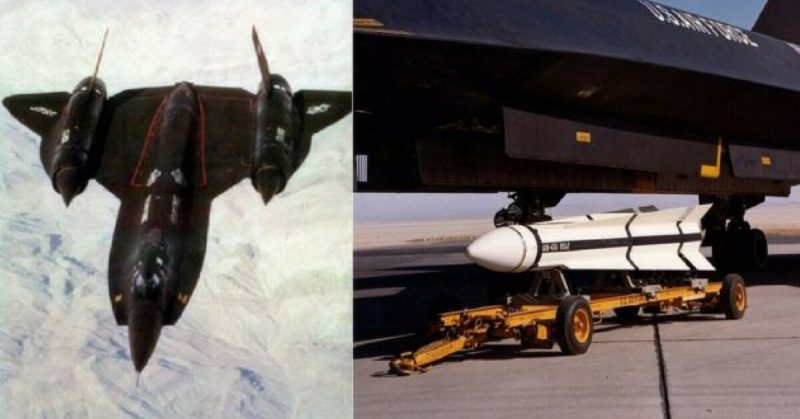The CIA began using the advanced Lockheed A-12 reconnaissance aircraft for their covert operations in 1967. Missions over North Vietnam and North Korea soon made the airplane legendary. However, it was retired in the following year, giving space to its successor, the SR-71 Blackbird.
While aircraft engineering at Lockheed focussed on developing superior spy planes, one department was looking into more offensive possibilities. The Lockheed Martin’s Advanced Development Programs (ADP), also known as Skunkworks, proposed an interceptor version of the A-12. It was codenamed YF-12 in the early 1960s when some interceptor designs were being modeled to replace the Convair F-106 Delta Dart.
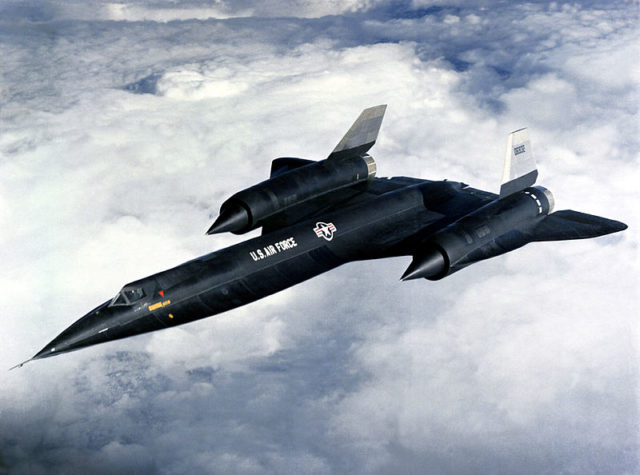
In 1963, the YF-12 staged its first flight. It is the biggest interceptor aircraft to date, with a 55 ft 7 in (16.95 m) wingspan and was 101 ft 8 in (30.97 m) long. The YF-12 was capable of achieving a speed of over 2,000 mph (3,200 km/h) while flying at 80,000 ft (24.38400 km).
This remarkable achievement blurred the line between a spaceship and an airplane. It differed from the A-12 significantly, as its role demanded a two-man crew instead of one. Its nose was modified to fit the Hughes AN/ASG-18 fire-control radar primarily intended for yet another aircraft design, XF-108 Rapier, also in the run for the Delta Dart replacement.
The four bays which housed the A-12 reconnaissance equipment were adjusted to carry the AIM-47 Falcon (GAR-9) missiles, which were controlled by the added crewmember in the second cockpit.
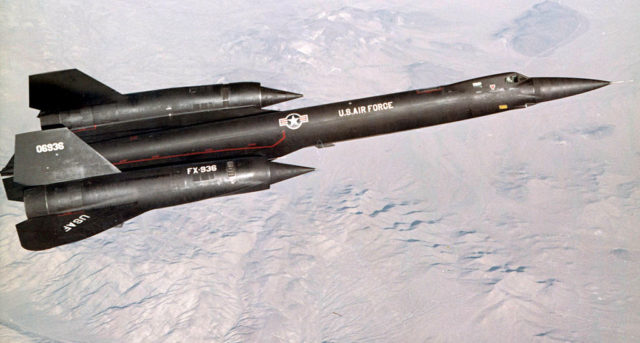
The existence of the A-12 reconnaissance plane was top secret. President Lyndon Johnson publicly announced the production of a next generation interceptor in 1964 which was supposed to cover up the reality of the already serving A-12. That way alleged sightings of a strange looking aircraft in the Nevada facilities known as Area 51 could be attributed to the YF-12 interceptor, rather than the secret spy plane responsible for black ops sorties.
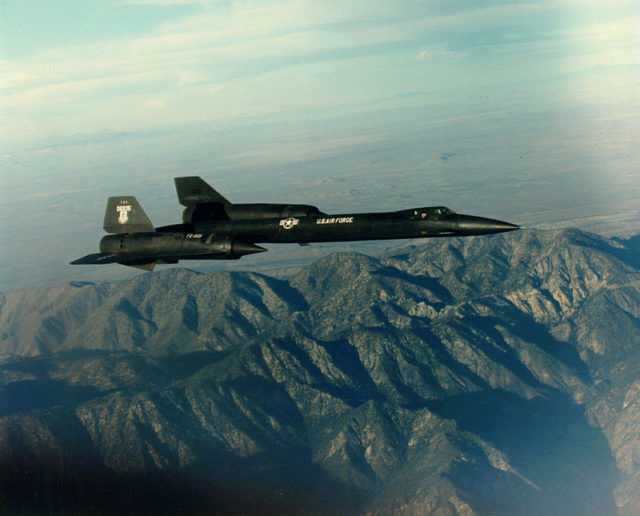
The first three YF-12s built for test use remained the only ones produced. The order for 93 more planes was canceled due to high expenses which plagued the U.S. military budget in 1965 as the Vietnam War was heating up.
During its operational history, the YF-12 set a speed record of 2,070.101 mph (3,331.505 km/h) and an altitude record of 80,257.86 ft (24,462.6 m) on May 1, 1965. That record was then broken in 1976 by the A-12 successor, the SR-71 Blackbird.
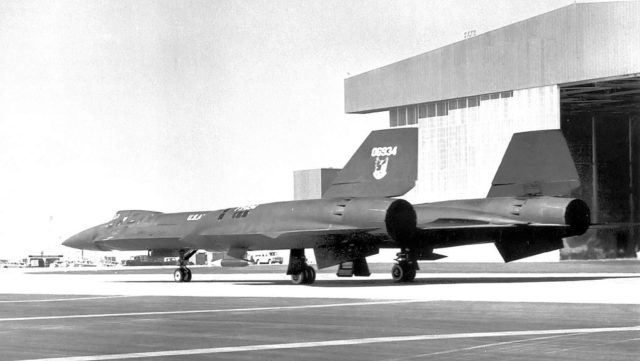
As the A-12 never actually served as an interceptor aircraft, its performance seemed to be wasted. NASA interfered and took the plane to testing grounds yet again. Its capabilities were used extensively to solve some problems regarding the upcoming Rockwell B-1 Lancer. The Lancer was a jet-powered heavy strategic bomber with a four-engine supersonic variable-sweep wing which would shake the grounds of aircraft design.
The A-12 was also used to test the airborne early warning and control system (AWACS) and its use with supersonic jets. All three aircraft were damaged or destroyed in various accidents during test runs. Some of the remaining parts were incorporated into a hybrid version of the SR-71, designated with a letter C.
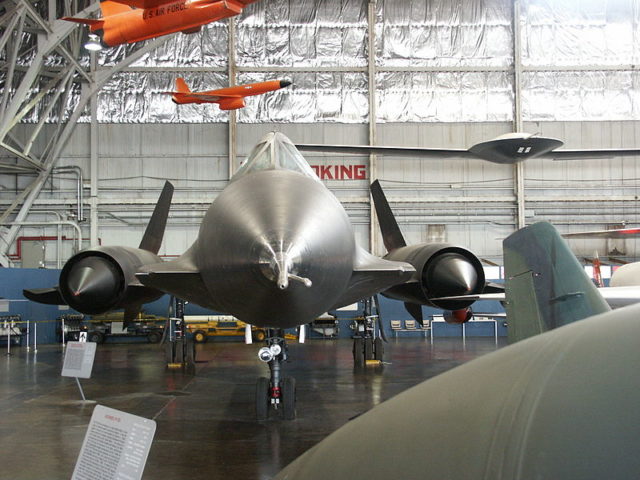
Another SR-71 was given to NASA for testing, but it was designated as a YF-12 as the model was still classified at the time. Today, only the hybrid version and the fake YF-12 (which is really a Blackbird) are exhibited and open for public viewing.
